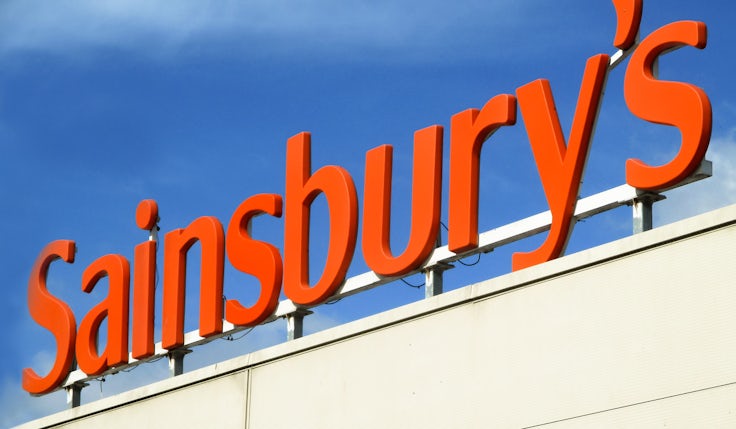Agency remuneration, disruptive ads, budgets: 5 interesting stats to start your week
We arm you with all the numbers you need to tackle the week ahead.
Most brands keen to change their agency remuneration model
Three-quarters of advertisers want to change their agency remuneration model over the next three years.
The data from the World Federation of Advertisers (WFA) and MediaSense finds increased complexity, the fact clients are better-equipped, and the rise of automation and AI are behind brands’ desire to address payment models.
Advertisers believe output- or outcome-based pricing is more necessary, with more than half (58%) planning to increase their share to enable increased automation and a more balanced value exchange between agencies and clients.
While the goal is greater accountability, many believe this is being prevented as a result of poor measurement and transparency.
The vast majority (84%) of the 80 multinational companies surveyed, which together represent more than $60bn in ad spend, suggest the lack of data and measurement is a major issue. Even more (87%) go as far to say this is because agencies do not want to adopt more transparent models that show how they make their money.
While 75% care about how their agencies make money, only 28% believe they currently fully understand how they do.
Source: WFA and MediaSense
More than half of consumers find ads disruptive
 Some 52% of consumers say they generally find ads to be disruptive.
Some 52% of consumers say they generally find ads to be disruptive.
People show a different level of acceptance depending on the programming, with 85% accepting ads during news shows. This drops to 66% for evening ‘escape’ viewing and just 50% for family programmes.
However, while genre and programme type play a role, motivations – how and why consumers view content – contribute more to ad acceptance, finds the research of 1,600 people by ISBA and Samsung Ads, with the data showing an 80% higher variance in key metrics than environmental factors.
Ad acceptance also varies by age, with 33% of older millennials accepting of ads, while Gen Z, Gen X and boomer audiences show an average or higher ad tolerance.
People are also more accepting of ads when they watch TV with others, with ad acceptance rising by 19% when there are others in the room.
Source: ISBA and Samsung Ads
Growing number of advertisers plan to shift focus to performance marketing in 2025
 Half of global advertisers plan to increase their 2025 media budgets, with a “major shift” towards performance marketing driven by retail media and connected TV, according to new data.
Half of global advertisers plan to increase their 2025 media budgets, with a “major shift” towards performance marketing driven by retail media and connected TV, according to new data.
The 2025 Media Budgets Survey from Ebiquity and the World Federation of Advertisers (WFA) shows 42% of respondents plan to increase their share of performance marketing next year, while only 24% intend to increase their share of branding. In 2024, these numbers sat at 21% and 35%, respectively.
More than three in four (78%) respondents plan to either slightly or significantly increase global investment in addressable and connected TV and 75% plan to increase spend in retail media. Meanwhile, 50% of those surveyed plan to either significantly or slightly decrease spend in linear TV and 31% in digital display.
Ebiquity CEO Nick Waters says the emphasis on performance marketing over branding indicates a “move to short-termism and a need for results now”, while WFA’s CEO Stephan Loerke calls retail media a “transformative growth vehicle”.
“This looks set to continue next year, creating opportunity but also, potentially, some risk for the long-term health of brand building as we further embrace performance marketing,” Loerke says.
The report surveyed 134 global brand leaders, including seven of the world’s top 10 global advertisers, collectively representing over $66bn in annual ad spend. It finds confidence is especially strong in Europe, the Middle East, and Africa (EMEA), while North American brands display a more cautious approach, reflecting pressures tied to regional economic and political factors.
Source: Ebiquity and WFA
Spending on deals now makes up more than a quarter of supermarket sales
 More than a quarter (28.6%) of supermarket sales were made on offer over the past month, according to the latest grocery market update from Kantar.
More than a quarter (28.6%) of supermarket sales were made on offer over the past month, according to the latest grocery market update from Kantar.
Spending on deals has been going up steadily for the past 18 months, with discounts helping to boost branded sales in particular.
The growth gap between brands and own-label sales is the biggest it’s been since February 2021, at 4.9% and 2.7% respectively.
Overall, grocery price inflation was 2.3% in October, up slightly on September but still within what Kantar describes as typical levels.
Ocado was again the fastest-growing supermarket, with sales up 9.5% over the 12 weeks to 3 November, while Lidl was the fastest-growing physical grocer, with sales up 7.4%.
Source: Kantar
Professionals from working-class backgrounds paid 12% less
 Professionals from working-class backgrounds are on average paid more than £6,000 – or 12% – less a year than more privileged peers working in the same role, according to data from the Social Mobility Foundation.
Professionals from working-class backgrounds are on average paid more than £6,000 – or 12% – less a year than more privileged peers working in the same role, according to data from the Social Mobility Foundation.
Class Pay Gap Day (17 November) marks the point at which working-class professionals effectively stop being paid until the end of the year, which equates to millions of people working one in every eight days for free.
Within the private sector, which makes up 82% of the UK workforce, professionals from working-class backgrounds are paid £7,774 less annually, on average, than those from professional managerial origins.
Marketing Week’s exclusive 2024 Career & Salary Survey suggests there is an even bigger problem to address within marketing. Our data finds working class marketers are being paid less than their peers, generating an average socio-economic pay gap for full-time workers of 15.9%.
Meanwhile, research from Creative Access finds almost half (48%) of ethnically diverse professionals surveyed report socio-economic bias in hiring and promotions, double that of their white counterparts (24%). A further 40% feel overlooked in their careers due to class, versus 30% of white working class professionals.
Source: Social Mobility Foundation and Creative Access







